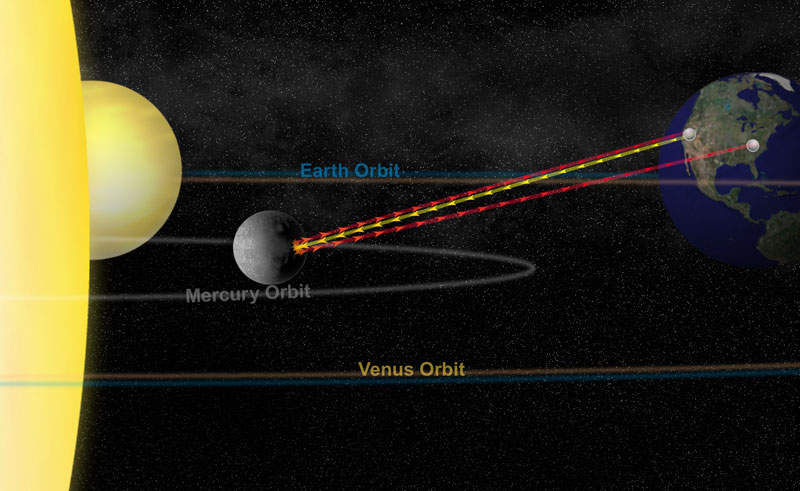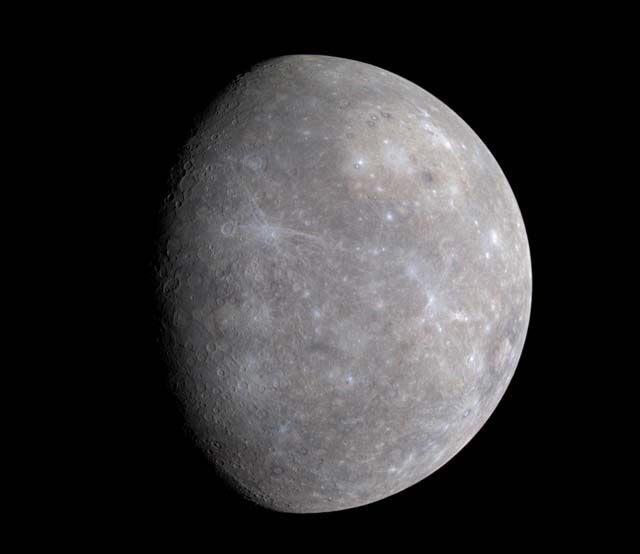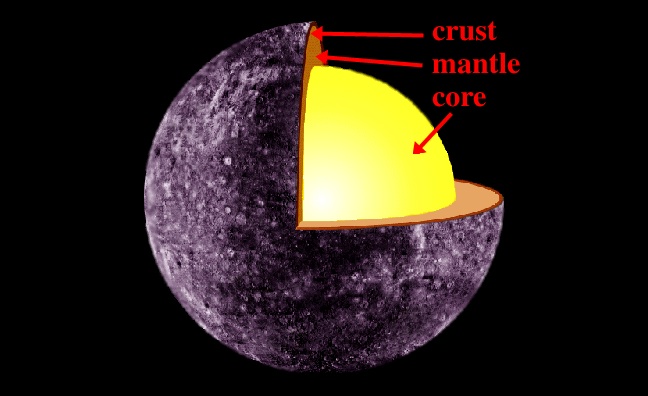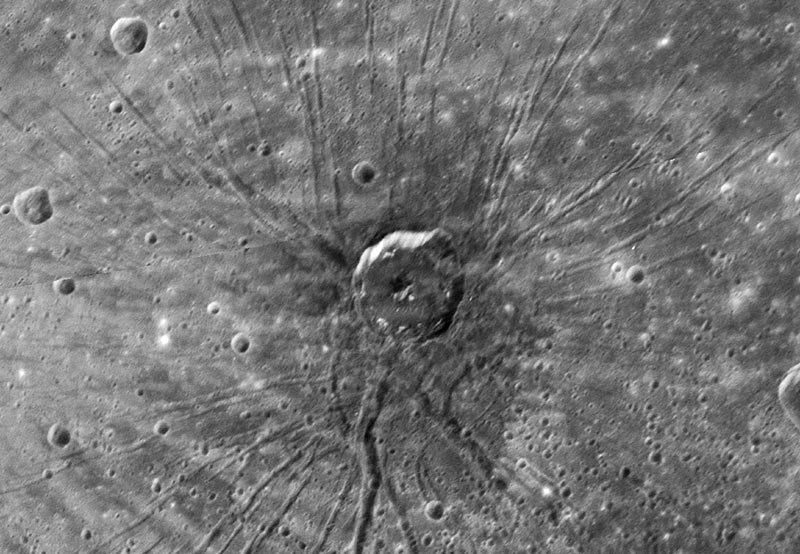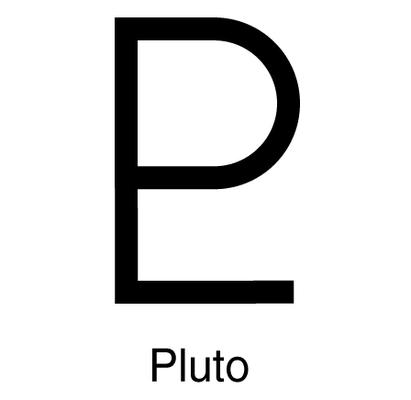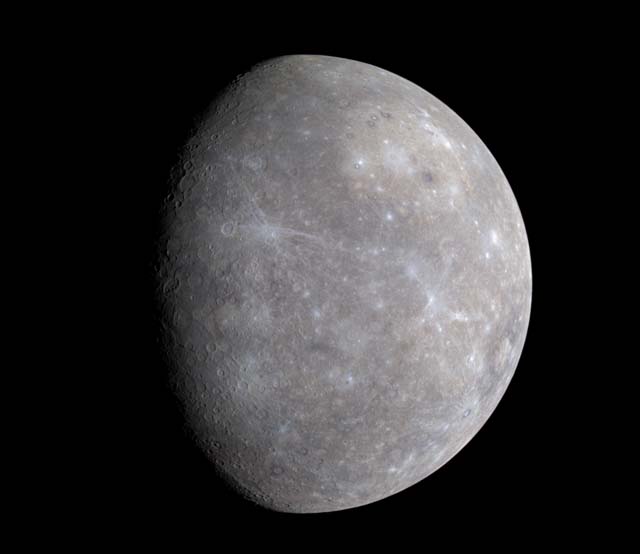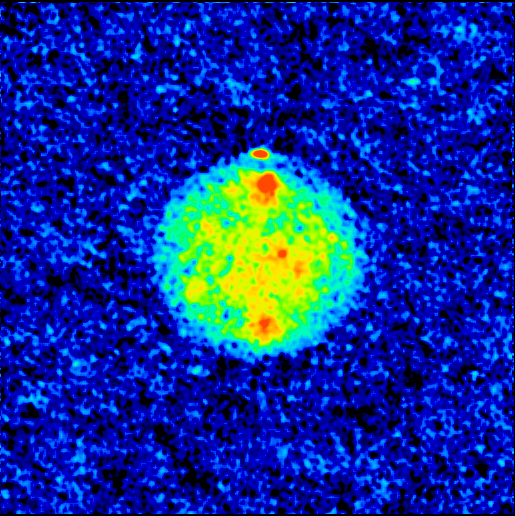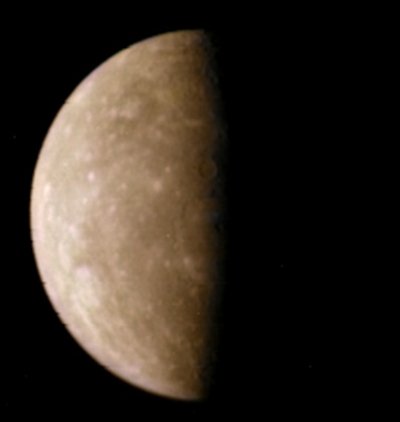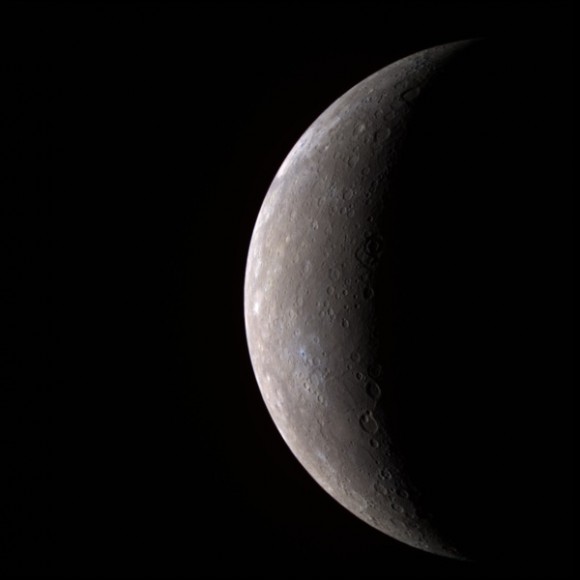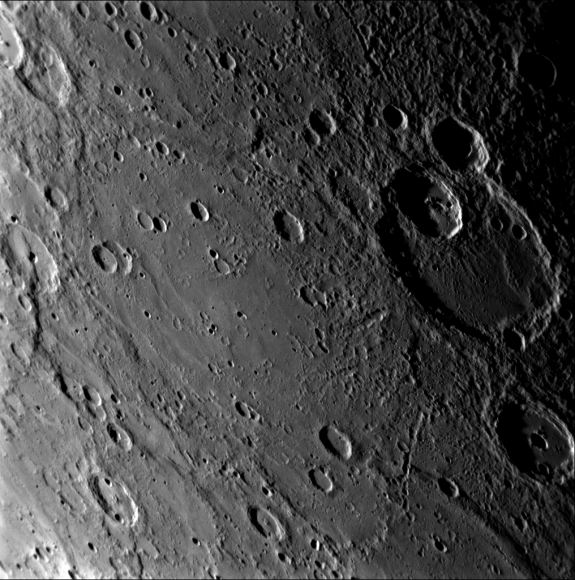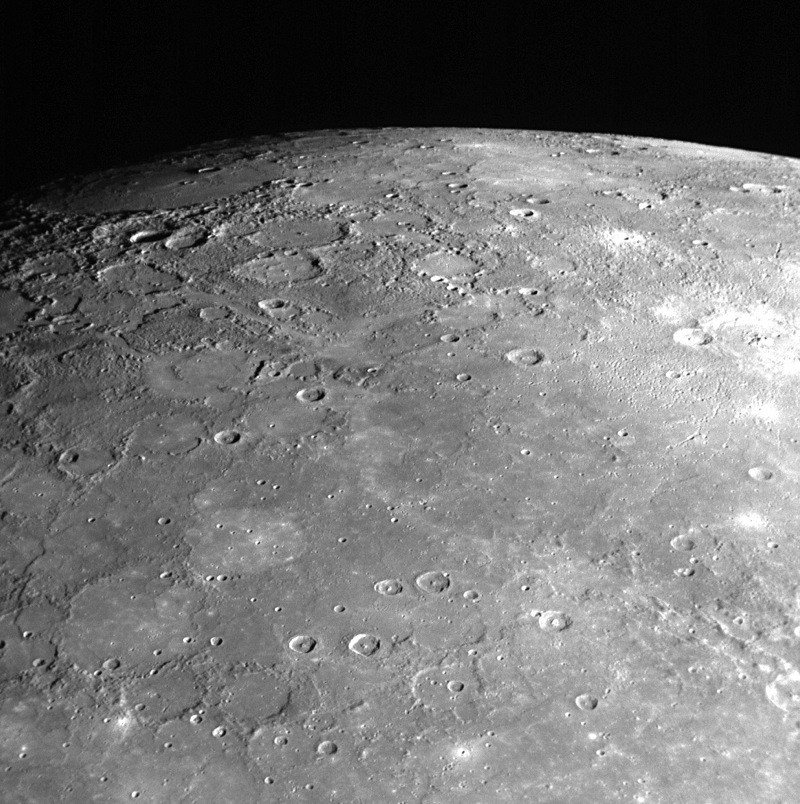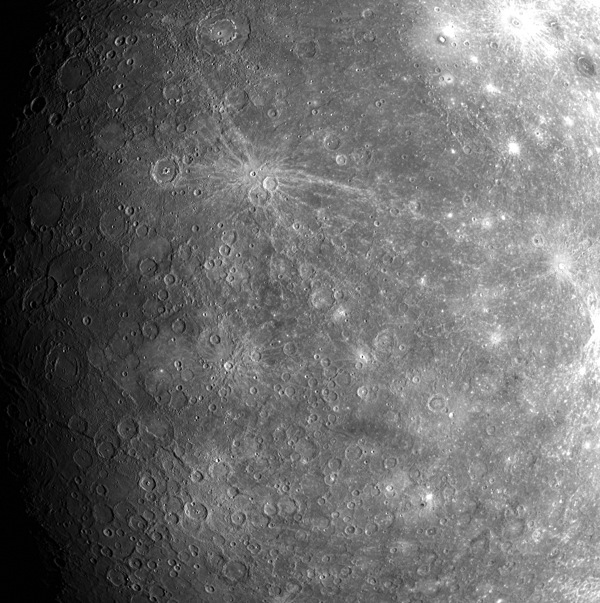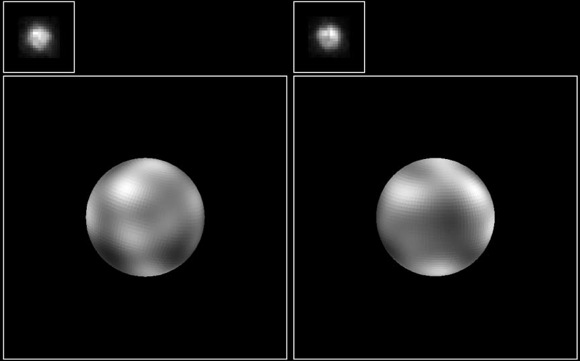For most of human history, Mercury was a mystery, wrapped in superstition. As it orbits so close to the Sun, ancient astronomers could only see it when they had an open horizon, just after the Sun sets, or before it rises.
But now we’ve sent robotic spacecraft to all of the planets in the Solar System, including Mercury. Here’s a listing of the missions that have gone to Mercury, and a few that will be going shortly.
Mariner 10
Mariner 10 was launched on November 3, 1973 to fly past Mercury and Venus. It was the last spacecraft in the Mariner program (Mariner 11 and Mariner 12 were renamed to Voyager 1 and 2).
Its main objectives were to measure Mercury and Venus’ environment, atmosphere and capture images of their surfaces (the cloud tops of Venus).
It was the first spacecraft to take advantage of the gravity assisted slingshot maneuver, using the gravity of Venus to bend its flight path to bring it into a good trajectory to fly past Mercury. It also used light pressure from the Sun to make minor course corrections.
It made a flyby of Venus on February 5, 1974, and then its first Mercury flyby on March 29, 1974, getting within 703 kilometers of the planet’s surface. It completed a second flyby on September 21, 1974, and then a third and final flyby on March 16, 1975, passing as close as 327 km. Over the course of the three flybys, it was only able to map 40-45% of Mercury’s surface.
Mariner 10 is probably still orbiting the Sun.
MESSENGER
MESSENGER is NASA’s second mission to Mercury. It launched on August 3, 2004 to study the planet. This time, the spacecraft will actually be going into orbit around Mercury to study it until its electronics fail.
The spacecraft has greatly improved optics and electrons, and is capable of resolving features on Mercury’s surface down to 18 meters across. This is a vast improvement over the 1.6 km resolution of Mariner 10.
MESSENGER made its first flyby of Mercury on January 14, 2008, and will make a second on October 6, 2008, and a third on September 29, 2009. It will make its final orbital insertion around Mercury on March 18, 2011.
Bepi Columbo
This is a new mission under development by the European Space Agency and the Japan Aerospace Exploration Agency to the planet Mercury. It’s still in the planning stages, but ESA and JAXA intend to build a spacecraft that can split into two portions: a planetary orbiter and a magnetospheric orbiter. A planetary lander component was proposed, but the idea was scrapped for budgetary reasons.
Misiones a Mercurio
References:
NASA Solar System Exploration: Mariner 10
NASA Messenger Mission Page
NASA: Bepi-Colombo


